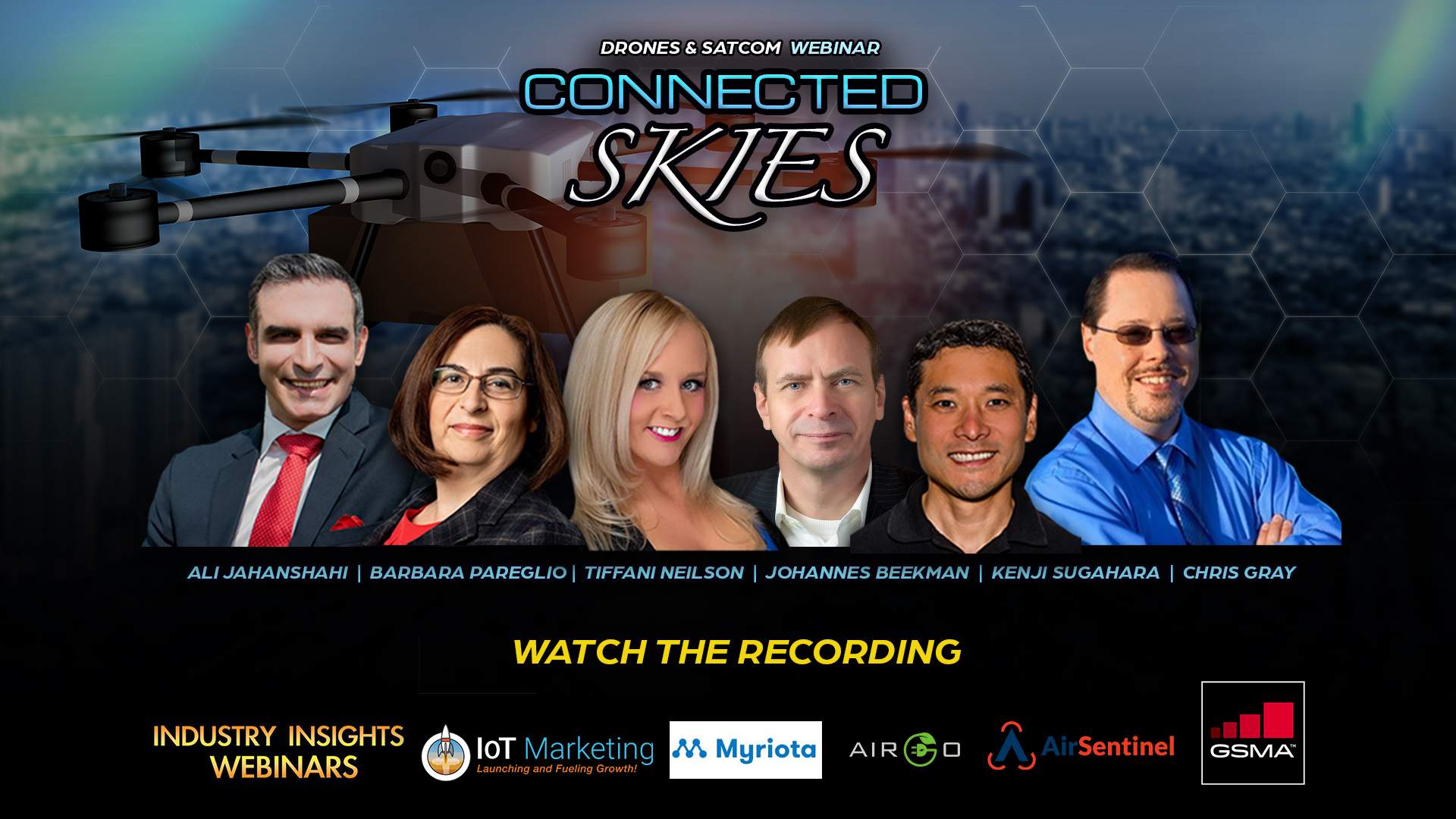Unmanned aircraft systems (UASs) are becoming increasingly more common in the form of drones. Producers and owners of drones must meet the regulations and standards of the Federal Aviation Administration (FAA), which include getting permits and equipping the UAS with proper communications technology. Here's a look at what the FAA requires to operate a drone in US airspace.
Remote ID Requirement
The FAA's final rule on remote ID is that drones flying over US airspace must have remote ID, which is the ability to communicate identification and location information from the air. Remote ID provides information to other planes and parties on the ground about the drone's altitude, identity, location as well as its control station. Other information that may be requested from any given drone by a third party may include the drone's point of takeoff, velocity and emergency status. This information might be requested by a public safety organization.
This final rule became effective on April 21, 2021, but the date for drone manufacturers to comply is September 16, 2022. Many more drones will have built-in remote ID or remote ID broadcast modules. Meanwhile, all drone pilots who are required to register their aircraft must be in accordance with the FAA ruling on remote ID by September 16, 2023. These drones will be required to communicate the following information:
- Unique identifier
- Geometric altitude, latitude, longitude and velocity
- Control station for standard remote ID drones or takeoff location for broadcast module drones
- Time mark
- Emergency status for standard remote ID drones
How to Meet the FAA's Remote ID Rule
Drone pilots have three ways to meet the FAA's requirements for remote ID, which are:
- Use a Standard Remote ID Drone - This drone has built-in remote ID communication capabilities that must meet FAA performance requirements. Through a standard remote ID, the drone is able to broadcast drone ID and other data on a radio frequency at all times from takeoff to shutdown. Third parties can access the information using Wi-Fi or Bluetooth.
- Integrate a Remote ID Broadcast Module - A broadcast transmitter is attached to the drone, which must meet FAA performance requirements. The operator needs to see the drone at all times. Throughout the entire flight, the drone is capable of broadcasting data on its ID, location, elevation and other information.
- Only Fly in Areas Without Remote ID Rule - Certain places known as FAA-recognized identification areas (FRIAs) allow for drones that lack remote ID capabilities. These zones are usually monitored by community or educational organizations. The drones must operate within visual line of sight.

Watch the recording of our webinar “Connected Skies” to hear about drone laws, connected drones, drone delivery, and how drones are leveraging the power of mobile and satellite connectivity, and more.
Drone Manufacturer Requirements
The new rules about standard remote ID and remote ID broadcast modules require drone manufacturers to provide a declaration of compliance, which is a document sent to the FAA that confirms the drone meets its production and performance requirements. The FAA provides a circular that goes into deeper details on compliance for manufacturers. Its drone requirements for standard remote ID and remote ID broadcast modules also apply to producers of drone kits.
While a consumer who purchases a kit doesn't need to submit a declaration of compliance to the FAA if they use the drone for recreational or educational purposes, they must still meet the agency's operational requirements. Other drone producers must submit to the FAA a means of compliance, which is documentation of the methods for meeting compliance. The orientation of this documentation is flexible and doesn't have a standard form. Anyone can submit means of compliance documentation to the FAA for review.
How FAA Requirements Impact Drones
The main purpose behind the FAA's production and performance requirements for drone identification is to improve air safety and security. The ability to identify a drone from the ground provides relief that the aircraft is not controlled by domestic or foreign spies or terrorists. The data transmitted by drones will also help ground control personnel plan safe drone routing.
Safety and security are top priorities at the FAA, which seeks to integrate unmanned aircraft systems into the National Airspace System (NAS). The FAA says on its website that remote identification of drones is crucial to this effort. This communication capability helps law enforcement and other officials take action when a drone appears to be unsafe or is flying in a zone where it's not permitted.
Ultimately, the FAA's final rule on drone identification will lead to most drones flying over America having remote ID capability. It will allow public safety organizations to find out quickly who the owner is of any flying drone.
Conclusion
As drones populate the sky to serve governmental, commercial, educational and personal interests, it's crucial for the FAA to regulate and monitor this development. Various entities will be able to identify most drones they detect in the sky, provided the drones meet the agency's production and performance standards. The result will be safer airspace that allows for organized and orderly drone traffic.
